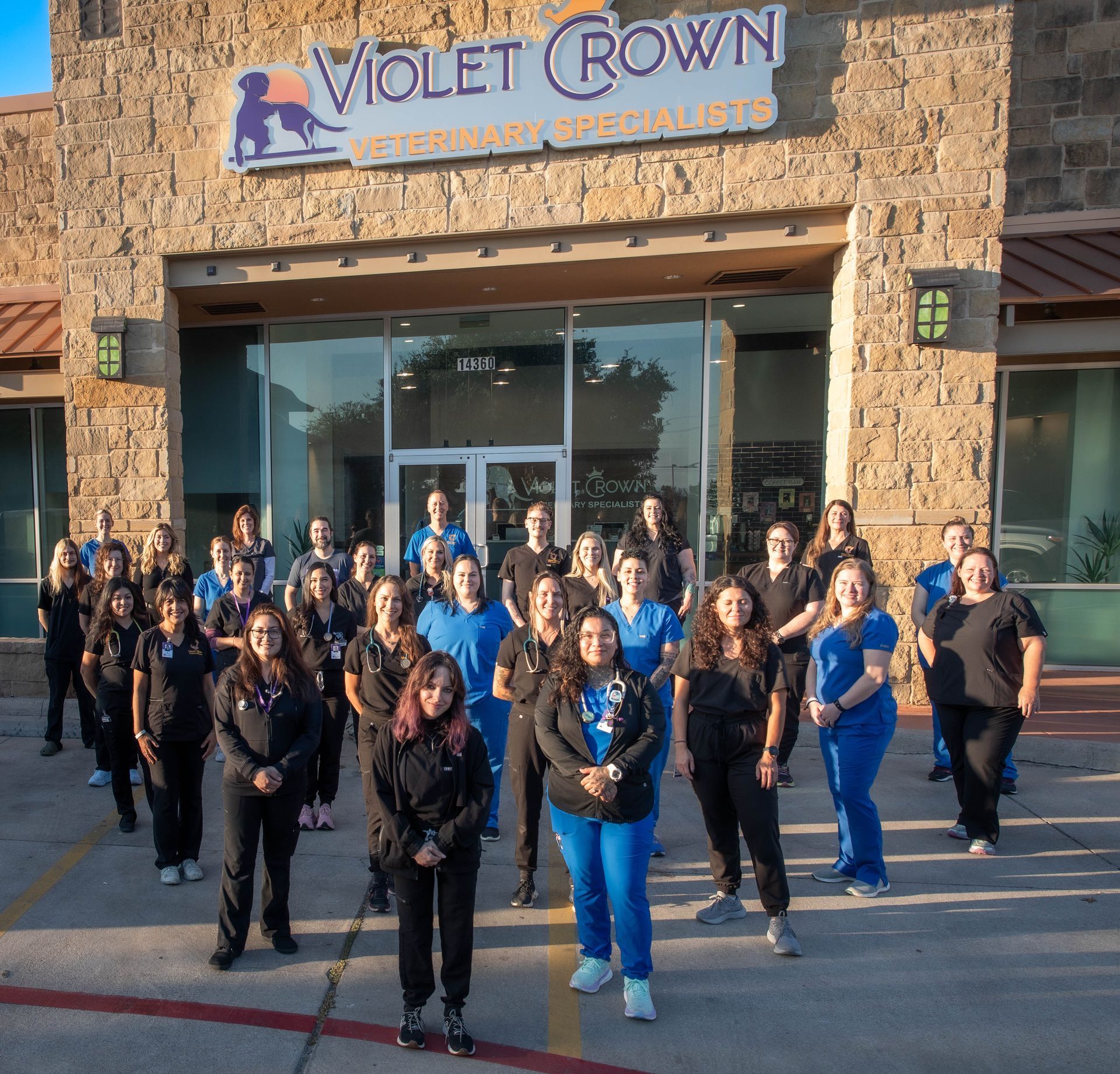Violet Crown
Veterinary Specialists
Austin's Leading 24/7 Specialty & Emergency Veterinary Hospital
Have an Emergency?
When it's urgent, if it's serious, you need Violet Crown Emergency Care. Open 24/7, we have the top surgeons, veterinary specialists, technology, and technicians ready for any type of emergency.
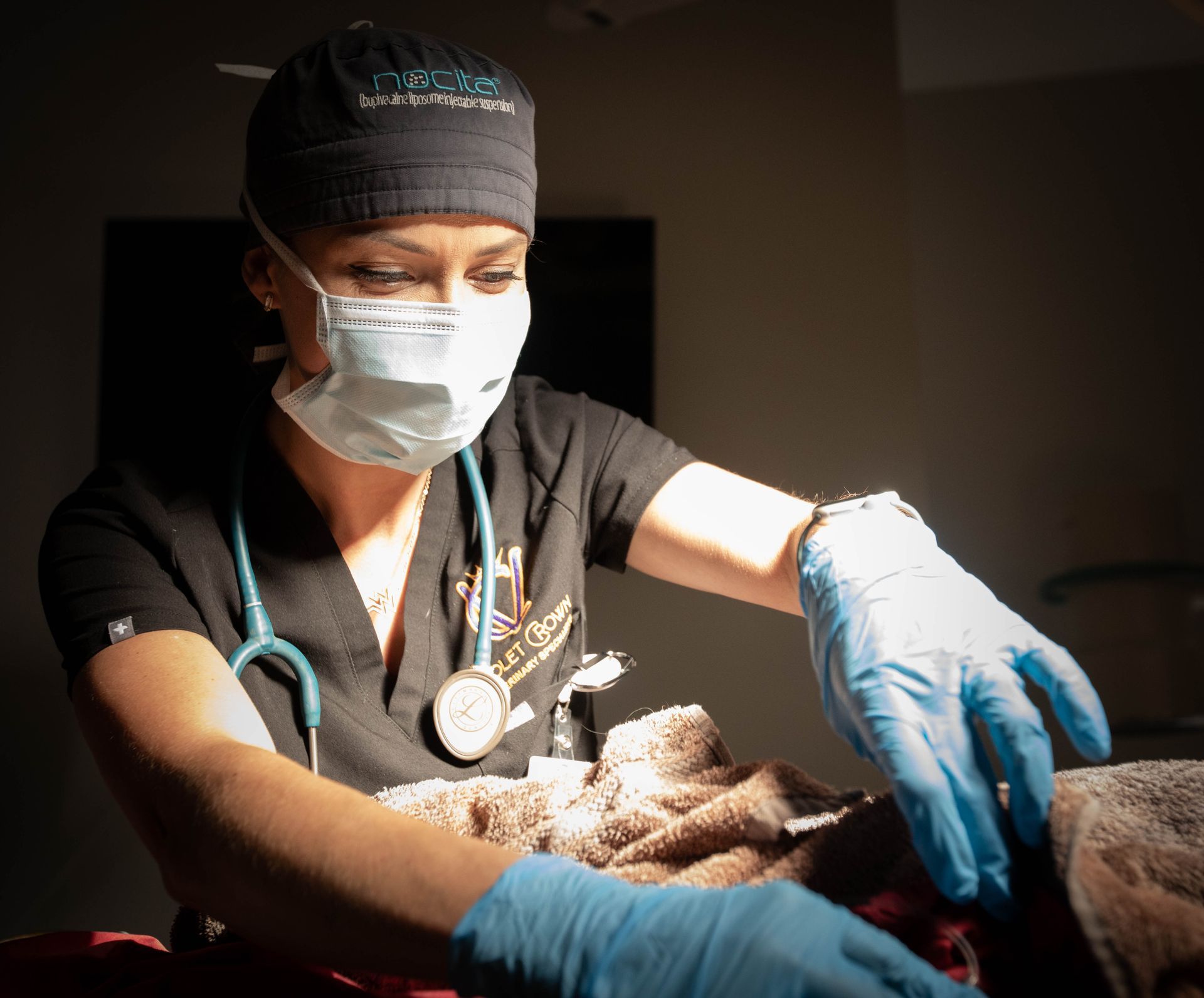
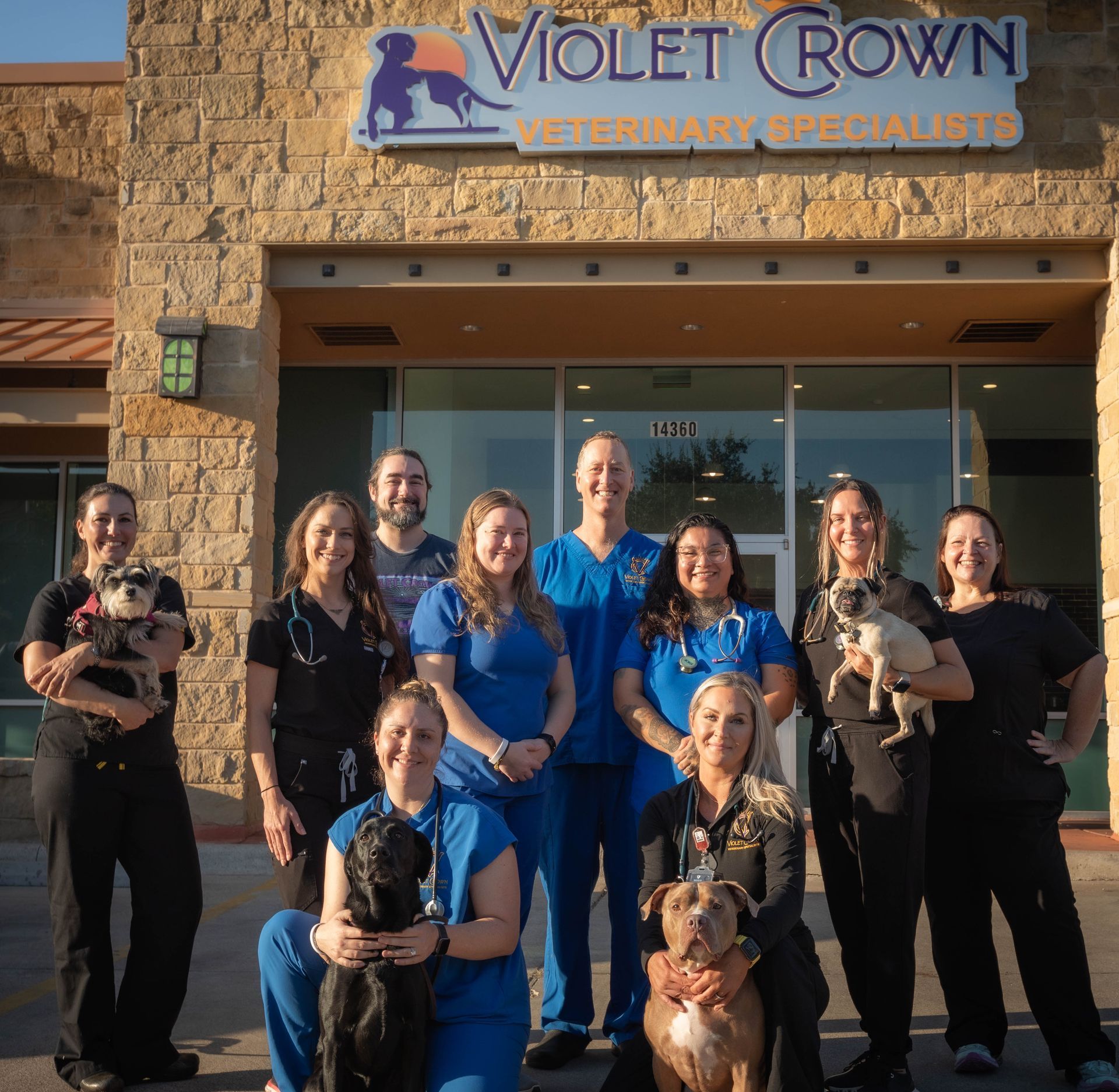
Why Violet Crown

World Class Care
We invest in human-grade technology for your pet. Cancer trials and experimental medicine start in the human and animal world. Sharing knowledge and results between both worlds is a way to improve and enhance all life.

Doctor Run
Founded by two of the Top Board Certified Veterinary Surgeons. Violet Crown is their shared vision for what Veterinary Specialty Care can be.

Privately Owned
We're not a big corporation having to justify expenses in some remote office. We make all decisions personally to provide the best care and best outcomes for your pet. We're big enough for the best care and small enough for the most personal care.
Veterinary Specialty Services

24/7 Emergency Care
When it's urgent, when it's serious,
come to the Leading Privately Owned Emergency and Specialty Hospital in Austin.
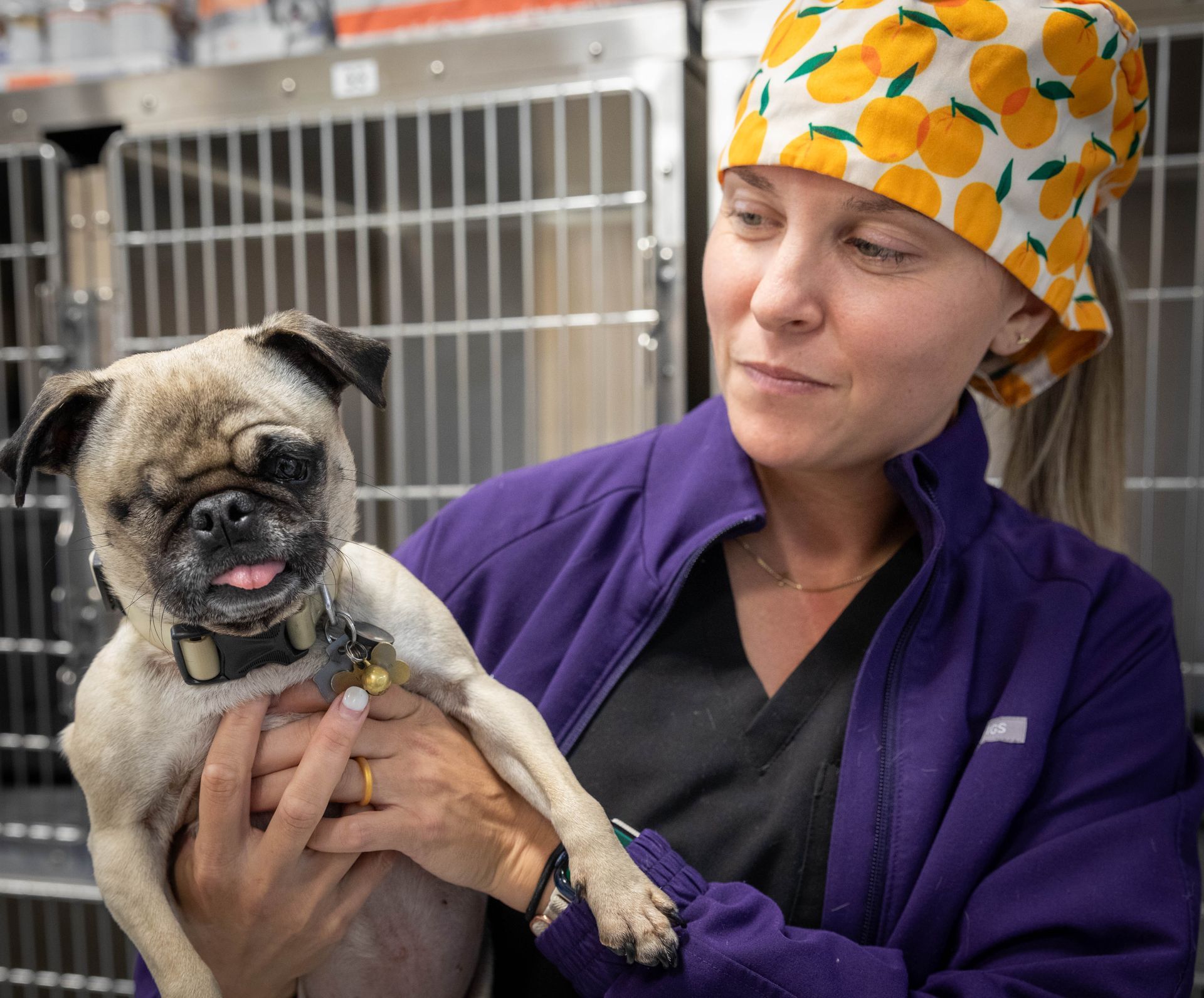
Oncology,
Medical and Surgical
Our medical and surgical oncology departments provide leading innovative treatments for Central Texas.

Orthopedics
Our Board-Certified Surgeons offer advanced surgical treatments for the most common and most complex surgeries.

Critical Care
Our Criticalist specializes in life-saving care, and our ICU is one of the top in Austin.
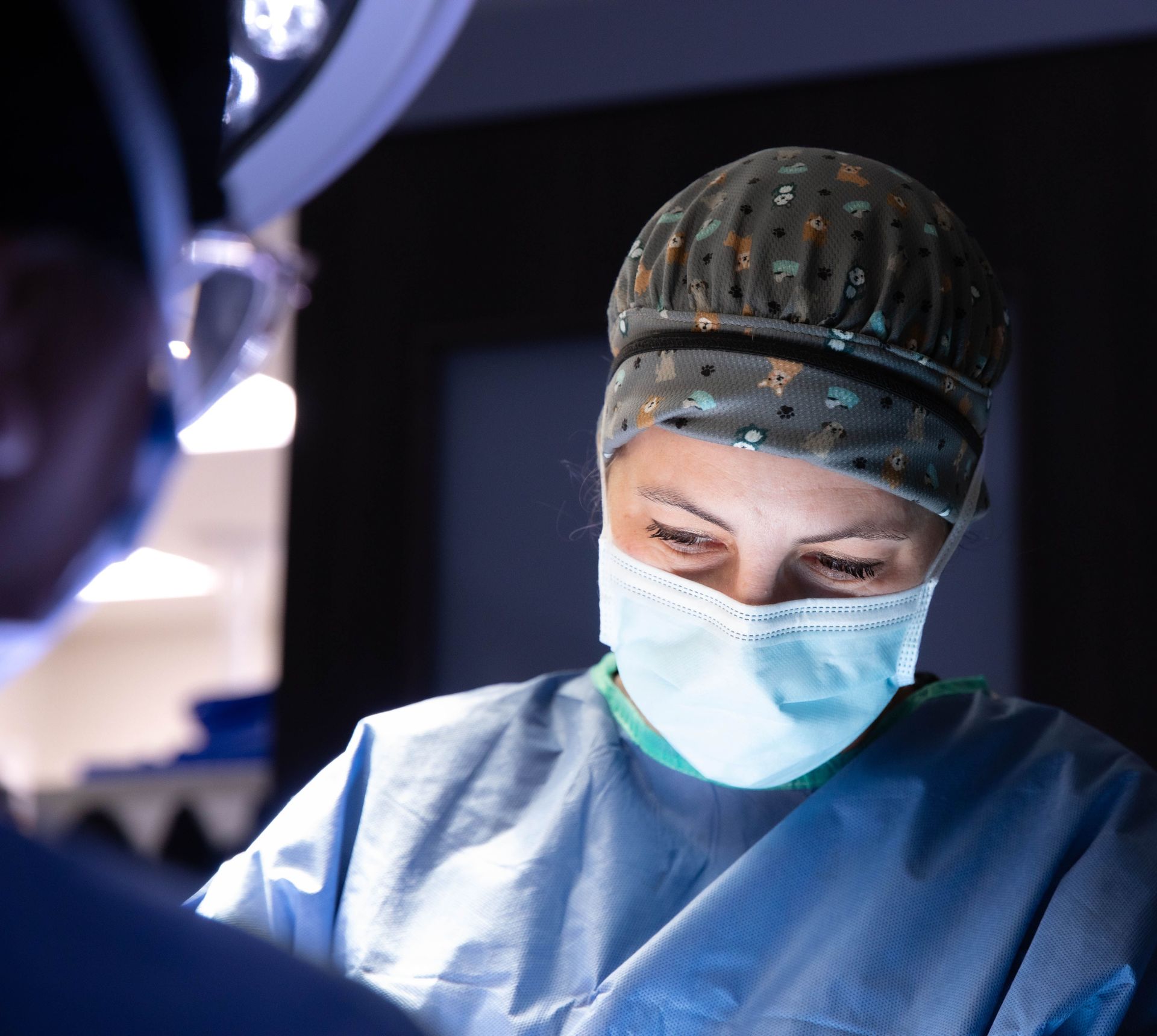
Soft Tissue Surgery
Leading expert care for soft tissue surgeries our Board-Certiifed Surgeons are here to help your pet live a long and healthy life.
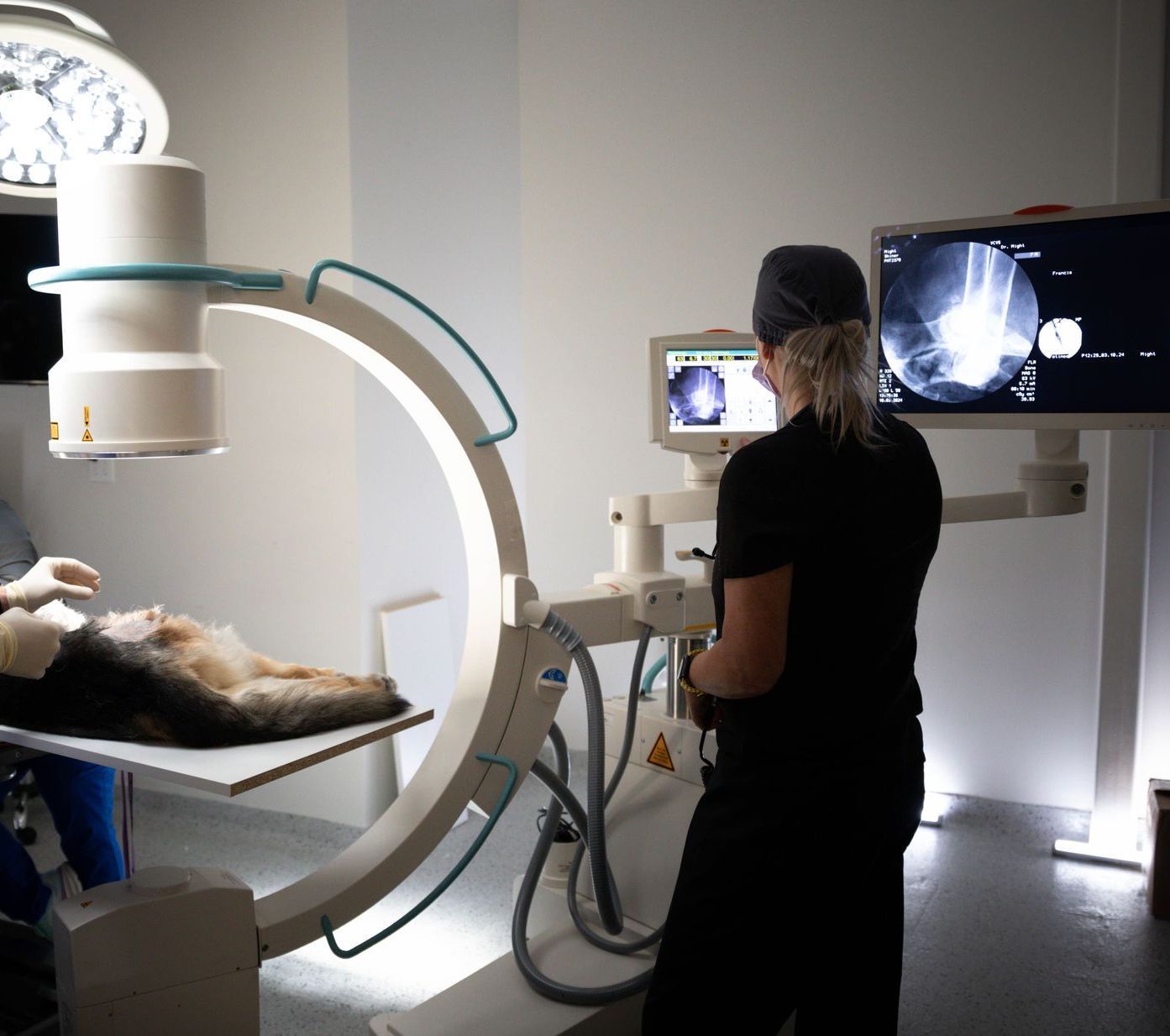
Diagnostic Imaging
State of the art, human grade digital imaging technology to see the health of your pet, including CT, Digital Radiology, and Ultrasound.
Got Questions? We Have Answers!
What should I do if my pet is sick?
If you notice any unusual behavior or symptoms in your pet, it's best to consult with a veterinarian as soon as possible. Early intervention can make a significant difference in your pet's health.How often should I take my pet for check-ups?
Regular check-ups are essential for maintaining your pet's health. We recommend annual visits for healthy pets and more frequent visits for those with ongoing health issues.What vaccinations does my pet need?
Vaccination needs can vary based on your pet's age, lifestyle, and health status. Our team can help you determine the best vaccination schedule for your furry friend.How can I keep my pet healthy at home?
Maintaining a balanced diet, regular exercise, and mental stimulation are key to your pet's well-being. We can provide tips tailored to your pet's specific needs.
Wellness Journeys
Erica & King
King was near death and with the help of Violet Crown's Oncology department they were able to use advanced cancer treatment in a never before seen case.
Bob & Penny
Penny came in to see the Criticalist with severe dehydration from kidney failure. Around-the-clock care from Violet Crown and Penny was reunited with her twin sister.
What our customers have to say...
google REVIEWS
Google REVIEWS
Amazing care!!! Even sent me photos of her stay! My dog would not be alive if it wasn’t for them!!! So grateful to have a place like this in our area
Lisa D.
the front desk staff were incredibly sweet and chatted with me while I was waiting, and even invited me back to sit by the space heater (this was during the cold snap). I really appreciated their company. Ripley says thanks, y'all!
Sara D.
the front desk staff were incredibly sweet and chatted with me while I was waiting, and even invited me back to sit by the space heater (this was during the cold snap). I really appreciated their company. Ripley says thanks, y'all!
Sara D.
Their process is seamless, with every detail thoughtfully arranged. We were even able to settle everything in advance, allowing our final moments to be focused solely on saying goodbye. I can't express how much their support meant during such a difficult time.
Kristen C.
Dr. Kennedy and Dr. Schlegel executed the surgery with care and attention to detail. In the pre-op and post-op meetings there were no questions too simple and their explanations were so clear. Thank you so much Violet Crown team!
William W.
I have to say that EVERYONE we came into contact with at VCVS are the most kind and caring people you could ever want to have assist with your beloved pet.
Mike P.
They were friendly and knowledgeable. They set up a great care plan and educated us on how to help her get over this setback. The office staff was so friendly and helpful as well. Thank you Dr Kennedy and Team!
Laura K.
Violet Crown surgeon Dr. Kennedy and staff saved my sweet dog Rio's life. I really appreciate how much they cared about him and how thorough they were.
Kathy W.
Our cat was there for about 24 hours and I had 3 phone calls to keep us updated. Upon discharge, they thoroughly explained additional instructions and also called to follow up after we were released. Everyone was kind and helpful, and I'm glad to know they are there.
Holly L.
Violet Crown surgeon Dr. Kennedy and staff saved my sweet dog Rio's life. I really appreciate how much they cared about him and how thorough they were.
Dawn R.
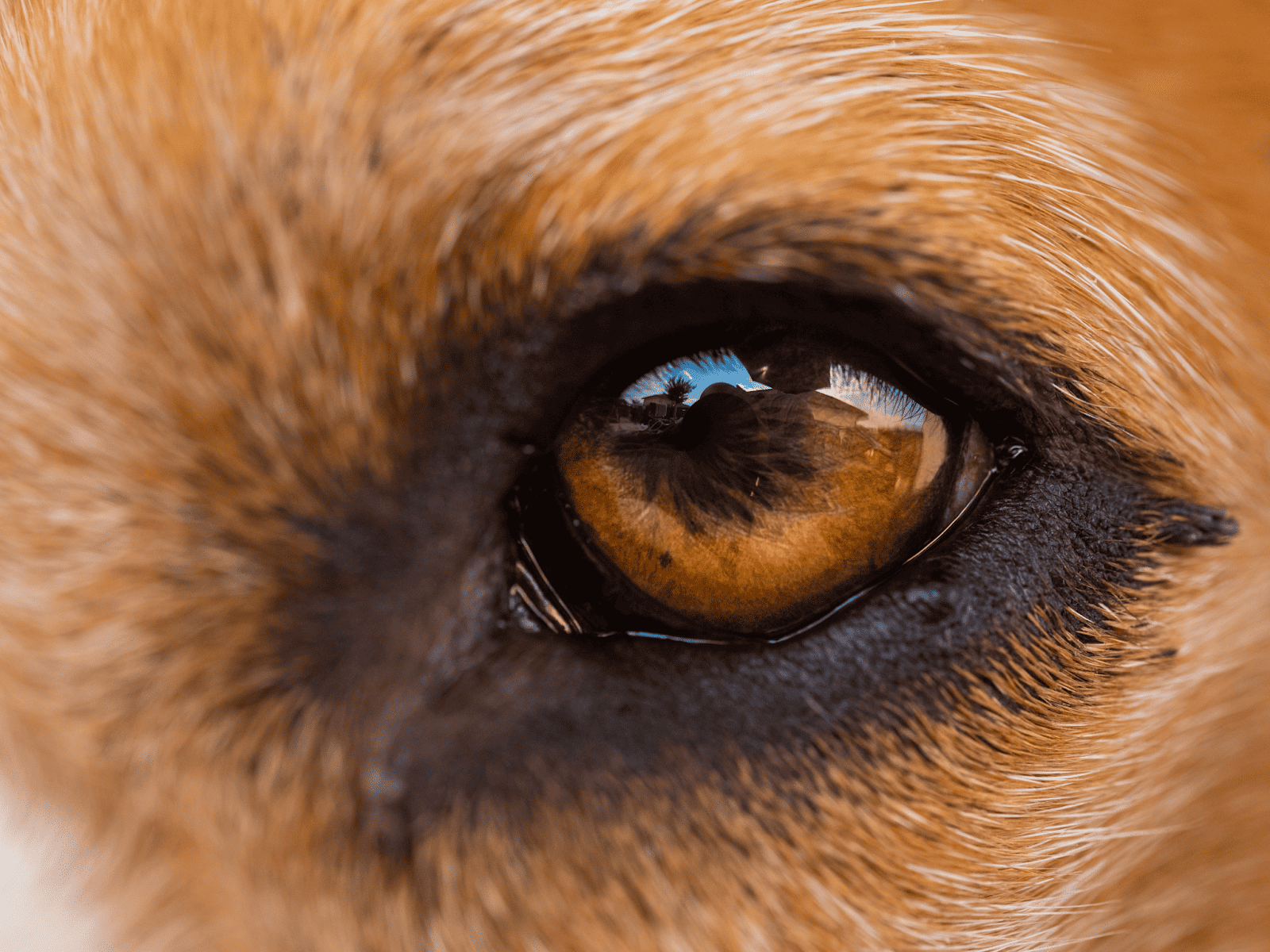

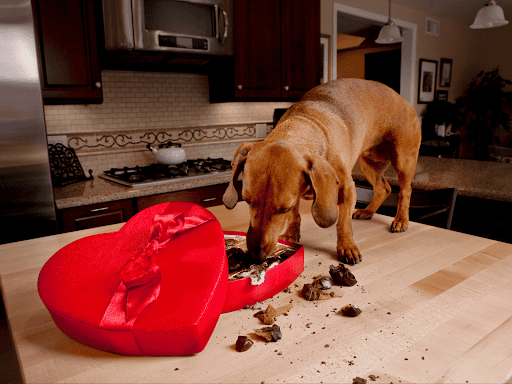
Violet Crown News
